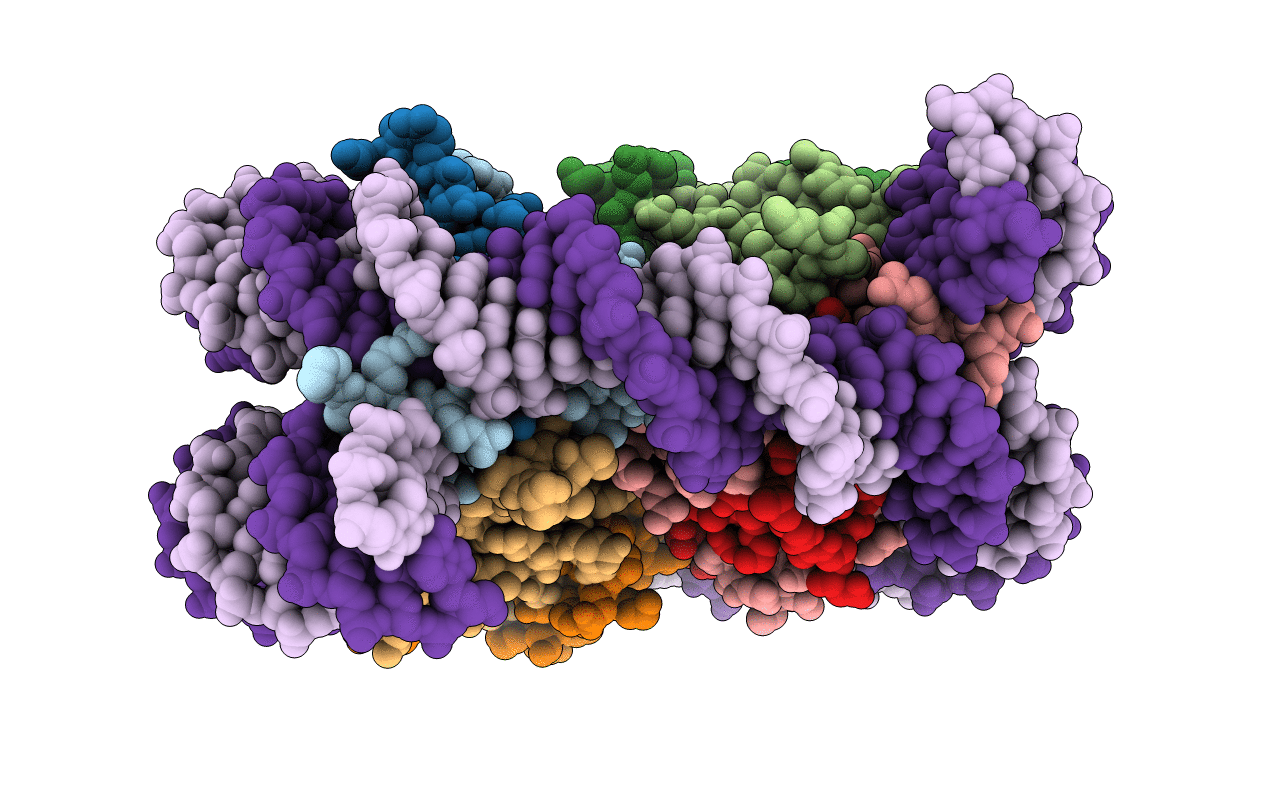
Deposition Date
2015-04-03
Release Date
2016-02-10
Last Version Date
2023-11-08
Method Details:
Experimental Method:
Resolution:
2.80 Å
R-Value Free:
0.26
R-Value Work:
0.22
R-Value Observed:
0.22
Space Group:
P 21 21 21


